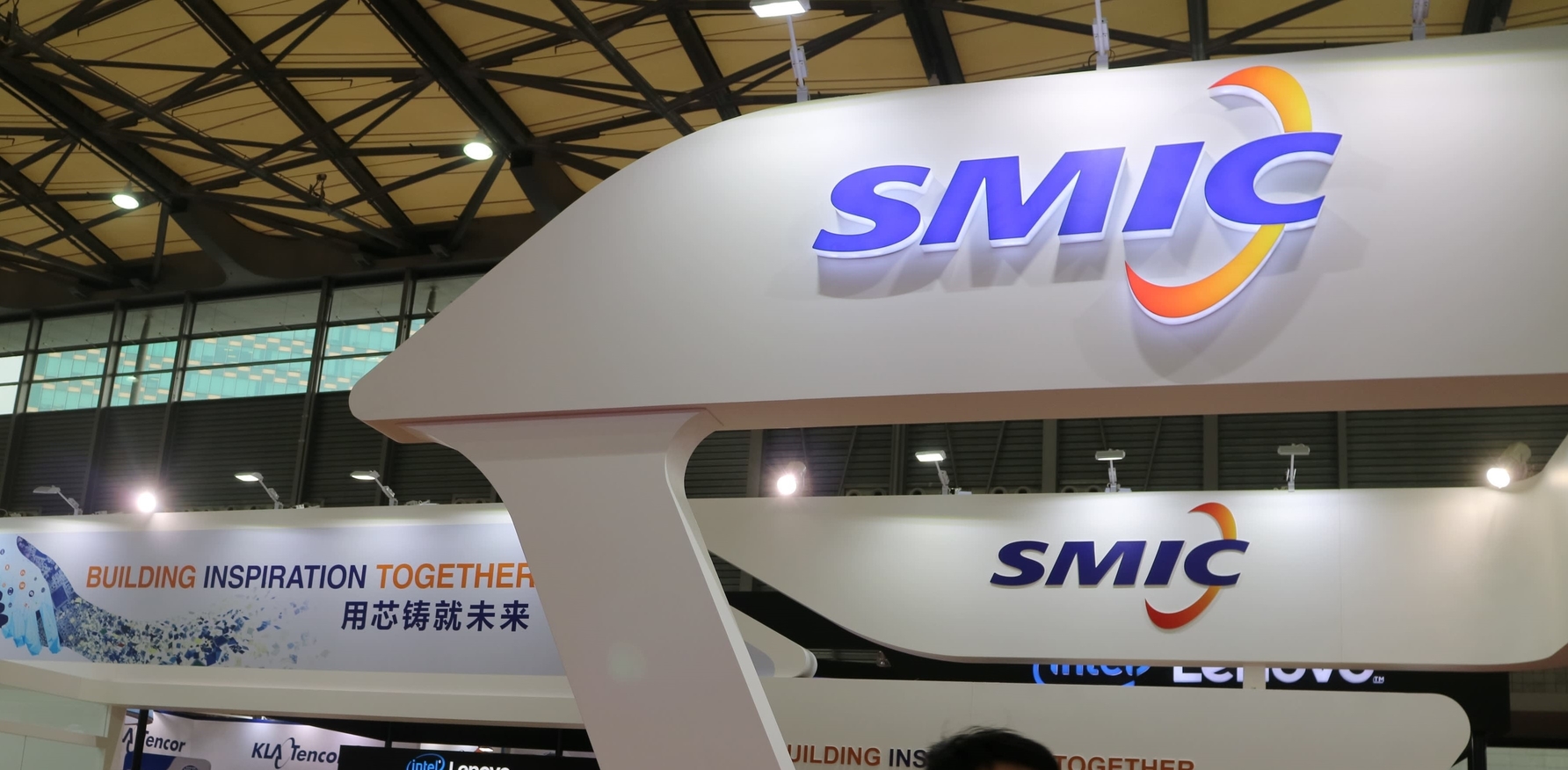SMIC, the Chinese chipmaker, became one of the most valuable publicly listed companies as its shares witnessed a surge of 246 percent at the opening on its first day of trade in Shanghai, China.
The company, which is at the center of China’s plan to become self-sufficient in chipmaking, had already secured around $7.6 billion in pre-IPO share sales. Half of the company’s shares were initially sold to 4.3 million retail investors.

But there were more clamoring to get in when trading started, which resulted in the trading opening at 95 yuan (~$14) compared to the offer price of 27.46 yuan (~$4). The company’s listing has also attracted a wide range of retail investors such as Zhou Ziqing.
The share sale is the biggest on the mainland in a decade since Agricultural Bank of China’s more than $22 billion dual Hong Kong-Shanghai listing in 2010. It will be interesting to see SMIC’s first week of trading given that the Shanghai Star board has no limit on stock price movements in the first five days.
In an FT report, a senior official at the Shanghai stock exchange noted that the government plans to use its domestic capital markets to raise money towards China’s goal of technological self-sufficiency. The official added: “SMIC is benefiting from US-China tensions. We hope to compete with Nasdaq for Chinese tech companies.”
EDITOR’S PICK: Samsung Galaxy Note20 Ultra may feature dynamic refresh rate switching between 60Hz and 120Hz
SMIC is a contract chip manufacturers, which means that the company makes the semiconductors designed by other firms. It directly competes against the likes of Taiwan’s TSMC and South Korea’s Samsung Electronics.
However, the current technology used by SMIC is far behind its rivals. While others are manufacturing chips on the 5nm node, the Chinese company is still stuck on the 14nm node. But it seems to have started working on improving and advancing its technology.
Recently, as per the reports, Chinese smartphone maker Huawei shifted orders of its 14nm chips from TSMC to SMIC. The resultant chipset — Huawei HiSilicon Kirin 710A — became the first pure Chinese chip with independent intellectual property rights.
UP NEXT: iQOO U1 debuts with 6.53-inch display, Snapdragon 720G and 48MP triple cameras for 1,198 Yuan (~$171)
(Source)






